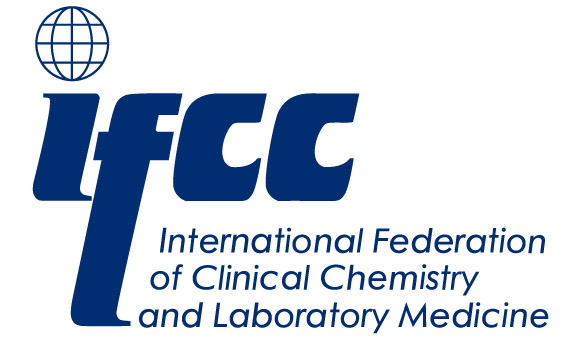The new data, published ahead of print in the April 18 edition of Journal of Allergy and Clinical Immunology, suggest that the increases in prevalence of food allergies over the past several decades may be due to either an increase in the recognition and diagnosis of food allergy or to a changing relationship between the presence of IgE and food allergy symptoms.
“Since the 1990s, studies have shown the prevalence of food allergies in children has grown by at least 50 percent,” says senior study author Corinne A. Keet, M.D., Ph.D., associate professor of pediatrics at the Johns Hopkins University School of Medicine. “Today, we think about 5 percent of children in the Unites States have a food allergy, with the most common triggering allergens found in milk, eggs, shellfish and peanuts. Why allergies have seemed to increase, however, has been unclear and has led to a significant amount of research on causes underlying the food allergy ‘epidemic.'”
As the number of children with reported food allergies has risen, the authors wondered whether the number of children who have the IgE antibodies to food that are essential for food allergy to occur had risen as well. To answer this question, they analyzed data from nearly 8,000 children ages 6 through 19 as part of the National Health and Nutrition Examination Survey. Some samples were collected between 1988 and 1994 and recently analyzed for food-specific IgE by the authors, and others were collected between 2005 and 2006, with food-specific IgE measured at that time.
Overall, the team found no increase in the number of children sensitized to peanuts, milk or eggs, while the number with antibodies to shrimp actually decreased. “We were really very surprised,” says Keet. “It hasn’t only been self-reported food allergy rates that have risen but emergency room visits and hospitalizations for food allergies as well.
It’s important to know whether changing sensitization to foods underlies these trends, because if sensitization hasn’t changed, then continuing to look for environmental factors that affect sensitization may not answer why food allergy has increased.”
One possible explanation for the results, Keet says, is that parents, patients and physicians are simply more aware of food allergies today than they were a few decades ago. “In the past, there may have been more people who just didn’t eat a food because it made them feel sick, but they didn’t necessarily call that an allergy,” Keet says. “Today, we may be much more likely to suspect allergy when a child has a rash or other symptoms after eating a certain food.”
Alternatively, scientists know that although food-specific IgE antibodies are essential for the kind of food allergy that leads to anaphylaxis, many people with IgE antibodies to foods can eat those foods without problems. “These results raise the question of whether something has changed in the relationship between food-specific IgE and clinical food allergy over the past few decades,” says Emily McGowan, M.D., assistant professor of medicine at the Johns Hopkins University School of Medicine and the first author of this study. “For example, a recent study showed that introducing peanuts early in infancy prevented most peanut allergies but didn’t really lead to decreased rates of having IgE to peanuts. We don’t really understand all of the reasons why one person with IgE to a food will have serious reactions to the food, while another can eat it without problems. This is an area that needs more research.”
The investigators say studies on more recent blood samples and broader groups of people would help confirm the finding and offer more details on the link between food-specific IgE levels and food allergies.
Source: Hopkins Medicine



















































